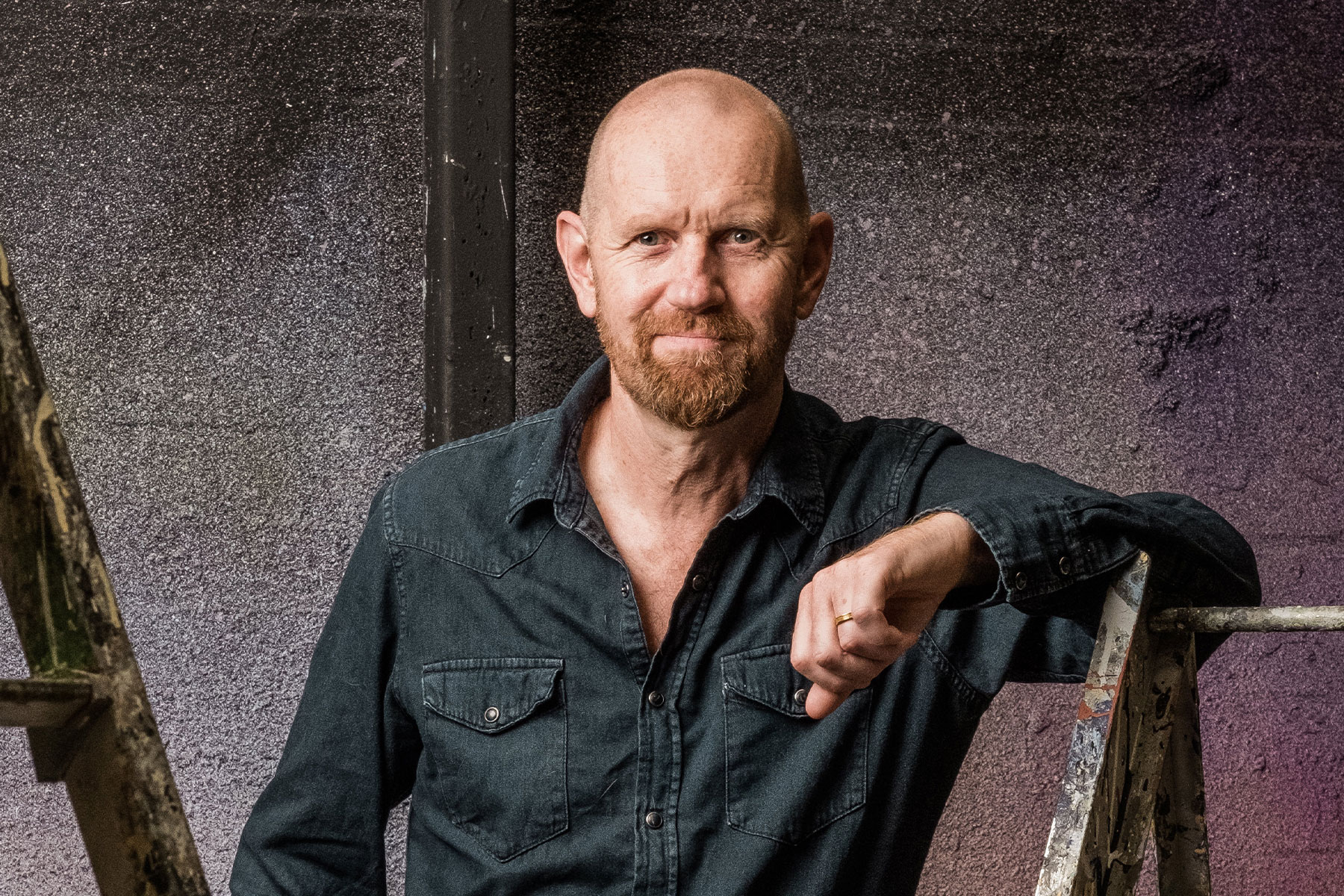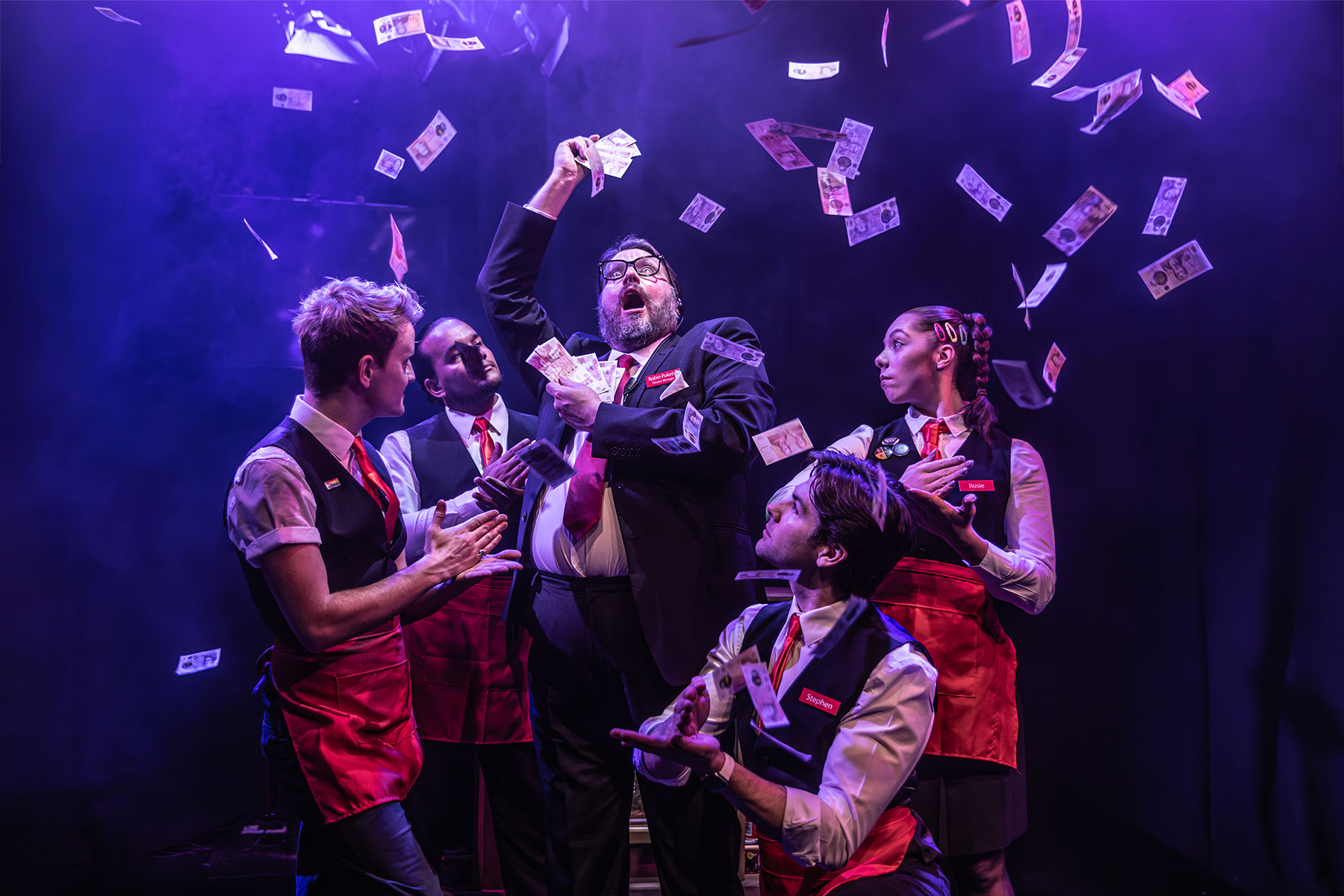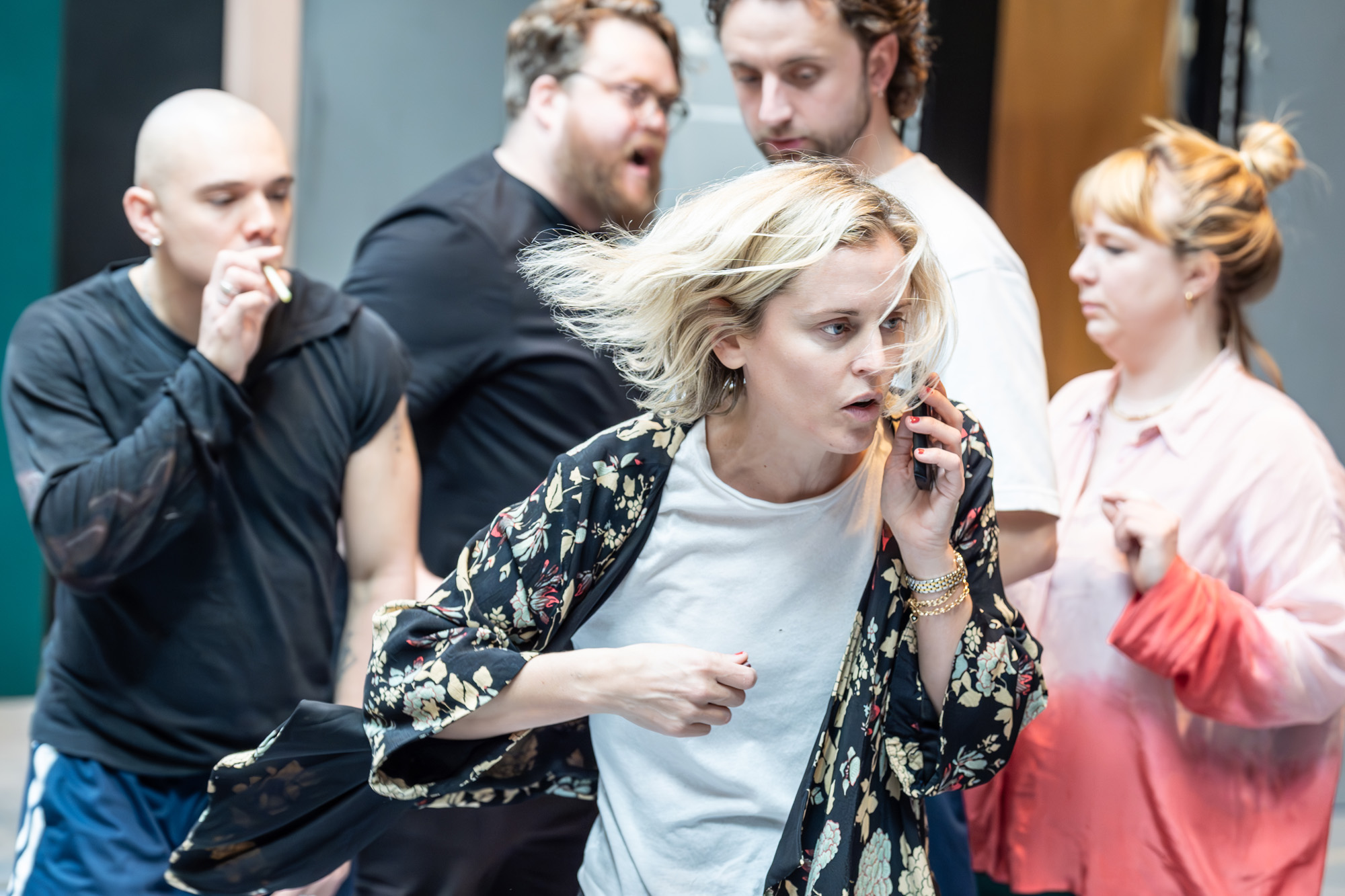The Sound of Music
Television coverage of theatre has long been a good thing; 50 years ago, Look Back in Anger, the play that changed everything on the post-war British stage, struggled to find an audience until a five-minute television extract got the box office lines busy. Connie Fisher was famously the upshot of a small screen audition by phone-in votes on How Do You Solve a Problem Like Maria? (although I’m convinced she was also the producers’ choice from the off).
Connie’s successor as Maria in this magnificent production of Richard Rodgers and Oscar Hammerstein’s The Sound of Music is Summer Strallen who, as the character of Summer Shaw in Hollyoaks, the Channel 4 soap, stalked a real-life Andrew Lloyd Webber playing himself (and how bizarre was that?) and was shown the door – the stage door. “You, I want you to be the next Maria,” said ALW’s other self, after Summer had sung “Do-Re-Mi” to a lamppost.
Summer Strallen had already been cast when this wheeze was hatched, and spent five months in Hollyoaks with her secret intact. Now we know what we fully expected: she is a perfect Maria, and very different from Connie. Connie was infectiously bright and eager, shocked by the scatty realisation that she has fallen for the severe Captain von Trapp. Summer shows a demure, determined girl growing gracefully into womanhood and the acceptance of her sexuality as God’s gift of grace and beauty.
Crop-haired, elegant and managing to express high spirits with sweet composure, Strallen confirms the star status we have already seen in bucketloads in The Boy Friend (she was the best Maisie ever in Regent’s Park two summers ago) and as the high-kicking bright spark in The Drowsy Chaperone. To be brutally frank, I expect her to have a far fuller and more varied career in show business than the delightful, but more limited, Connie.
Her voice is liquid and expressive – surviving some early clumsy over-amplification on opening night – with a rather fetching nasal twang as she moves into the upper soprano register. And the scene where she first dances with Simon Burke’s beautifully acted Captain (he resembles a stocky blond version of the young Pablo Picasso), having unlocked the musical talents of the children, is the centrepiece of a show primarily about the power of singing, the creation of song, the unstoppable sound of music.
Jeremy Sams’ intelligent production and Robert Jones’ spectacular design have received too little credit in all the brouhaha of finding Marias. The annexation of Austria creeps over the show like a cloud until the family escape over the exciting hydraulic disc and the mountains to Switzerland. The current cast is well up to scratch, with Paul Grunert as a splendidly fleshy and good-hearted Max Detweiler and Margaret Preece the genuine, thrillingly operatic contralto article as the Mother Abbess.
– Michael Coveney
NOTE: The following FIVE-STAR review dates from November 2006, when this production first opened at the London Palladium.
Well, they solved it. The winner of the television audition programme aiming to solve a problem like Maria, 23-year-old Connie Fisher, may not have been the most striking or most enchanting of the ten finalists, but she was clearly the safest bet for the role. And she takes to the famous old Palladium stage as of right, leading director Jeremy Sams’ superb restoration of a brilliant musical – and I am here modifying some recent remarks about The Sound of Music (1959) being the least good of the five great Rodgers and Hammerstein musicals – with charm, freshness and wonderfully clear articulation, both of music and lyrics.
It was ironic that the search for Maria – I thought the television series was a hugely enjoyable success, incidentally – should have been so painstaking that they took their eye off the ball in casting the Captain. But the disgraceful incompetence of the Simon Shepherd affair has at least been turned around in the casting of Alexander Hanson, whose Captain is a solid, watchful, finally moving portrayal. The moment where he joins in singing with his children the title song is a moment of great beauty and emotional stealth, the crux of the show in a single phrase.
My memories of the original London production and indeed of the 1992 version at Sadler’s Wells, starring Liz Robertson and Christopher Cazenove, are not all that rosy. Sams and his designer Rob Jones have spring-cleaned every nook and cranny of the show, from a chorus of nuns proceeding through the aisles singing the “Dixit Dominus” (the only number Rodgers ever “researched” in his life) to the staging of the von Trapp family concert as a sinisterly shadowed (and filmed) Nazi propaganda exercise. In the pit, Simon Lee extracts every nuance and flavour from Robert Russell Bennett’s marvellous orchestrations, with a repertoire of conducting poses and expressions that make the late Carl Maria Giulini suffering through Mahler look like a wilting violet.
Another key to the success is the casting of the support roles. Lesley Garrett is a humorously humanised and thrillingly vocalised Mother Abbess. Ian Gelder gives the performance of his career as the accommodating Max, blowing with each prevailing wind and finally doomed for facilitating the family’s escape. And Lauren Ward, whose costumes include a stunning cerise dress, is pure perfection as the snooty baroness from Vienna whom Maria (and the children) dislodge from the widowed Captain’s new marital plans.
Ah, the children…they are delightful without being simpering; “The Lonely Goatherd” is done as a sort of yodelling clock with its parts exposed, rigid limbs flicking in all directions, and the bed-time “So Long, Farewell” is a touching group exit after the terrors of the storm in Maria’s bedroom. Tiny Adrianna Bertola as Gretl stole all hearts on opening night. Arlene Phillips’ choreography is as detailed here as it is gloriously unbuttoned in the ball scene, another passage where the undercurrents of the Anschloss are bubbling dangerously to the surface.
The show includes two songs from the film (Hammerstein had died by 1965, so Rodgers wrote the lyrics), each placed in the right spot. The genius of the composition is revealed in the way songs such as “Sixteen Going on Seventeen” are reprised in another form, with a new dramatic weight, and the music is continuously shifting and surprising us under the stage action. I guess, in sum, the show solves yet another problem: where to take the family for a Christmas treat – assuming you can still get tickets.
– Michael Coveney










